Audi 2010 Annual Report Download - page 174
Download and view the complete annual report
Please find page 174 of the 2010 Audi annual report below. You can navigate through the pages in the report by either clicking on the pages listed below, or by using the keyword search tool below to find specific information within the annual report.-
 1
1 -
 2
2 -
 3
3 -
 4
4 -
 5
5 -
 6
6 -
 7
7 -
 8
8 -
 9
9 -
 10
10 -
 11
11 -
 12
12 -
 13
13 -
 14
14 -
 15
15 -
 16
16 -
 17
17 -
 18
18 -
 19
19 -
 20
20 -
 21
21 -
 22
22 -
 23
23 -
 24
24 -
 25
25 -
 26
26 -
 27
27 -
 28
28 -
 29
29 -
 30
30 -
 31
31 -
 32
32 -
 33
33 -
 34
34 -
 35
35 -
 36
36 -
 37
37 -
 38
38 -
 39
39 -
 40
40 -
 41
41 -
 42
42 -
 43
43 -
 44
44 -
 45
45 -
 46
46 -
 47
47 -
 48
48 -
 49
49 -
 50
50 -
 51
51 -
 52
52 -
 53
53 -
 54
54 -
 55
55 -
 56
56 -
 57
57 -
 58
58 -
 59
59 -
 60
60 -
 61
61 -
 62
62 -
 63
63 -
 64
64 -
 65
65 -
 66
66 -
 67
67 -
 68
68 -
 69
69 -
 70
70 -
 71
71 -
 72
72 -
 73
73 -
 74
74 -
 75
75 -
 76
76 -
 77
77 -
 78
78 -
 79
79 -
 80
80 -
 81
81 -
 82
82 -
 83
83 -
 84
84 -
 85
85 -
 86
86 -
 87
87 -
 88
88 -
 89
89 -
 90
90 -
 91
91 -
 92
92 -
 93
93 -
 94
94 -
 95
95 -
 96
96 -
 97
97 -
 98
98 -
 99
99 -
 100
100 -
 101
101 -
 102
102 -
 103
103 -
 104
104 -
 105
105 -
 106
106 -
 107
107 -
 108
108 -
 109
109 -
 110
110 -
 111
111 -
 112
112 -
 113
113 -
 114
114 -
 115
115 -
 116
116 -
 117
117 -
 118
118 -
 119
119 -
 120
120 -
 121
121 -
 122
122 -
 123
123 -
 124
124 -
 125
125 -
 126
126 -
 127
127 -
 128
128 -
 129
129 -
 130
130 -
 131
131 -
 132
132 -
 133
133 -
 134
134 -
 135
135 -
 136
136 -
 137
137 -
 138
138 -
 139
139 -
 140
140 -
 141
141 -
 142
142 -
 143
143 -
 144
144 -
 145
145 -
 146
146 -
 147
147 -
 148
148 -
 149
149 -
 150
150 -
 151
151 -
 152
152 -
 153
153 -
 154
154 -
 155
155 -
 156
156 -
 157
157 -
 158
158 -
 159
159 -
 160
160 -
 161
161 -
 162
162 -
 163
163 -
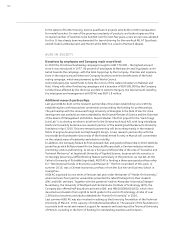 164
164 -
 165
165 -
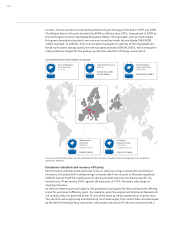 166
166 -
 167
167 -
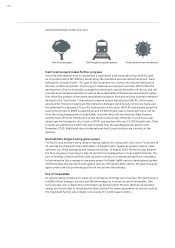 168
168 -
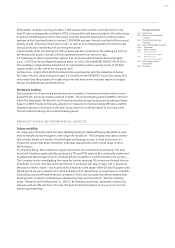 169
169 -
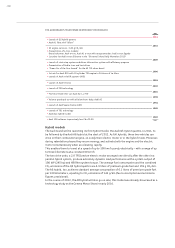 170
170 -
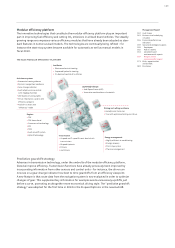 171
171 -
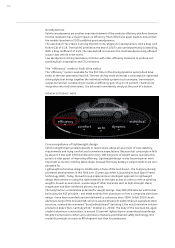 172
172 -
 173
173 -
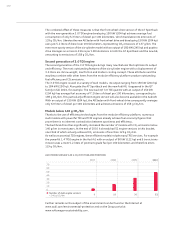 174
174 -
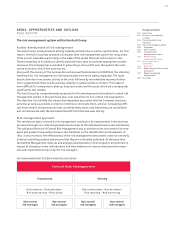 175
175 -
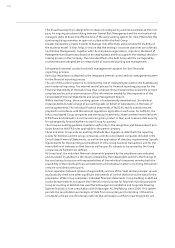 176
176 -
 177
177 -
 178
178 -
 179
179 -
 180
180 -
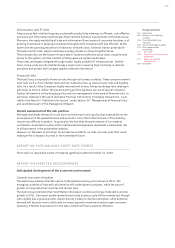 181
181 -
 182
182 -
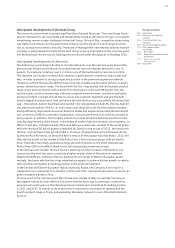 183
183 -
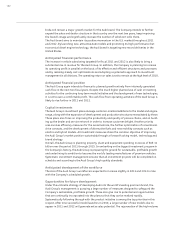 184
184 -
 185
185 -
 186
186 -
 187
187 -
 188
188 -
 189
189 -
 190
190 -
 191
191 -
 192
192 -
 193
193 -
 194
194 -
 195
195 -
 196
196 -
 197
197 -
 198
198 -
 199
199 -
 200
200 -
 201
201 -
 202
202 -
 203
203 -
 204
204 -
 205
205 -
 206
206 -
 207
207 -
 208
208 -
 209
209 -
 210
210 -
 211
211 -
 212
212 -
 213
213 -
 214
214 -
 215
215 -
 216
216 -
 217
217 -
 218
218 -
 219
219 -
 220
220 -
 221
221 -
 222
222 -
 223
223 -
 224
224 -
 225
225 -
 226
226 -
 227
227 -
 228
228 -
 229
229 -
 230
230 -
 231
231 -
 232
232 -
 233
233 -
 234
234 -
 235
235 -
 236
236 -
 237
237 -
 238
238 -
 239
239 -
 240
240 -
 241
241 -
 242
242 -
 243
243 -
 244
244 -
 245
245 -
 246
246 -
 247
247 -
 248
248 -
 249
249 -
 250
250 -
 251
251 -
 252
252 -
 253
253 -
 254
254 -
 255
255 -
 256
256 -
 257
257 -
 258
258 -
 259
259 -
 260
260 -
 261
261 -
 262
262 -
 263
263
 |
 |

172
The combined effect of these measures is that the front-wheel-drive version of the A7 Sportback
with the new-generation 3.0 TDI engine developing 150 kW (204 hp) achieves average fuel
consumption of only 5.3 liters of diesel per 100 kilometers, which translates into emissions of
139 g CO₂/km. Likewise the new A6 Sedan with front-wheel drive and developing 150 kW (204 hp)
uses just 5.2 liters of diesel over 100 kilometers, representing CO₂ emissions of 137 g/km. The
even more sporty version of the six-cylinder model with an output of 180 kW (245 hp) and quattro
drive manages on a mere 6.0 liters per 100 kilometers in both the A7 Sportback and the new A6,
amounting to emissions of 158 g CO₂/km.
Second generation of 3.0 TDI engine
The second generation of the 3.0 TDI engine brings many new features that optimize its output
and efficiency. The most outstanding features of the six-cylinder engine with a displacement of
3.0 liters are its low weight, low friction and modern cooling concept. These attributes and the
way they combine with other items from the modular efficiency platform produce outstanding
fuel efficiency and CO₂ emissions.
The 3.0 TDI engine is used in a variety of Audi models, its output ranging from 150 kW (204 hp)
to 184 kW (250 hp). Alongside the A7 Sportback and the new Audi A6, it appeared in the Q7
family in fall 2010, for example. The new Audi Q7 3.0 TDI quattro with an output of 150 kW
(204 hp) has average fuel economy of 7.2 liters of diesel per 100 kilometers, corresponding to
189 g CO₂/km. This particularly efficient engine version will also become available in the Audi A8.
With an output of 150 kW (204 hp), the A8 Sedan with front-wheel drive consequently averages
only 6.0 liters of diesel per 100 kilometers and achieves emissions of 158 g CO₂/km.
Models below 140 g CO₂/km
Thanks to the use of efficiency technologies from the modular efficiency platform, numerous
Audi models with powerful TDI and TFSI engines already achieve fuel economy figures that
prove there is no inherent contradiction between sportiness and efficiency.
The Audi brand has thus significantly increased the number of models with CO₂ emissions below
140 g/km in recent years. At the end of 2010 it already had 52 engine versions in this bracket,
one-third of which actually achieved CO₂ emissions of less than 120 g CO₂/km.
As well as economical TDI engines, these efficient models include many TFSI versions. For example
the powerful 1.4 TFSI engine in the Audi A1 with an output of 90 kW (122 hp) and S tronic trans-
mission uses a mere 5.2 liters of premium-grade fuel per 100 kilometers and therefore emits
119 g CO₂/km.
AUDI MODELS BELOW 140 G CO₂/KM (YEAR-END POSITION)
Number of Audi engine versions
< 140 g CO
2
/km 18 36 52
6
20
10
0
2010200920082007
60
50
40
30
70
Further remarks on the subject of the environment can be found on the Internet at
www.audi.com/environmental-protection and on the Group portal at
www.volkswagen-sustainability.com.
